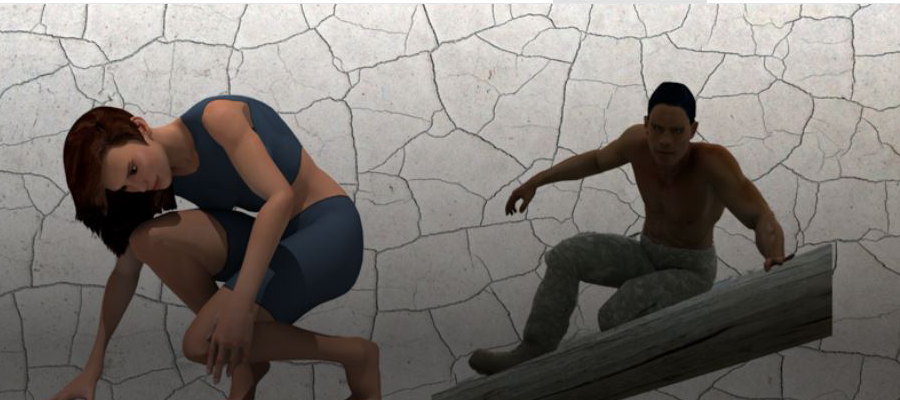Abstract
The ability to predict human postures when simulating interactions with different workspaces and objects is valuable for effective proactive ergonomic evaluation. Using previously collected human motions to predict postures appears to be one effective method; however, when modeling more unique postures, optimization approaches may be useful. Optimization-based predictive modeling is rooted in optimal control theory principles, which are built on the assumption that humans adopt movement strategies that minimize or maximize some underlying performance criteria (e.g., minimize joint torques).
Santos Pro™ is an optimization-based digital human model that uses multiple objective functions to predict postures. However, it is unclear which objective functions and associated weightings are ideal for predicting probable human postures.
The purpose of this research was to develop a response surface methodology approach to optimize objective function weighting to predict realistic floor-to-shoulder lifts. Three minimization objective functions were evaluated to demonstrate this quantitative method: (1) discomfort, (2) total joint torque, and (3) maximum joint torque.
Ten participants completed box lifting from floor to shoulder while their motion was tracked using motion capture. Postures for the initiation (origin) and end (destination) of the lift were extracted and mapped onto anthropometrically matched avatars. Separately, avatar lifting postures were also predicted using the built-in multi-objective optimization. The avatar’s hands and feet were constrained to match a human participant’s hand and foot location. The remaining degrees of freedom on the avatar were predicted using the various objective functions and their associated weightings. Three objective functions were weighted systematically at 10% weighting increments to predict 1,331 postures from the various weighting combinations. Joint angle errors were calculated between the motion capture data and each predicted posture. The resultant error surface (error as a function of objective function weighting) was then fit with a multivariate function and subsequently minimized to estimate the objective function weighting combination that best predicted the true participant postures.
Discomfort alone tended to best predict lift origin and destination postures. Thus, minimizing discomfort may be an important objective for predicting un-fatigued lifting. The response surface methodology provides a quantifiable method to estimate the best objective function weighting to predict task-focused human behaviors.
Keywords: response surface methodology, posture prediction, objective function weightings
How to Cite:
Davidson, J. & Cashaback, J. & Fischer, S., (2022) “Developing a response surface methodology to determine the best objective function weightings for predicting probable postures”, Proceedings of the 7th International Digital Human Modeling Symposium 7(1): 50, 2 pages. doi: https://doi.org/10.17077/dhm.31792
Rights: Copyright © 2022 the author(s)
Publisher Notes
- This abstract is related to: Justin B. Davidson, Joshua G. A. Cashaback & Steven L. Fischer (2022) A response surface methodology to determine the optimal objective function weightings within a multi-objective optimization digital human model used to predict postures, Computer Methods in Biomechanics and Biomedical Engineering, DOI: https://doi.org/10.1080/10255842.2022.2052052 Davidson JB, Cashaback JGA, Fischer SL. Exploring Optimal Objective Function Weightings to Predict Lifting Postures Under Unfatigued and Fatigued States. Human Factors. June 2022. doi: https://doi.org/10.1177/00187208221096928
Downloads:
Download PDF
View
PDF

